Pink oyster mushrooms (Pleurotus djamor) stand out in the fungal world with their vibrant pink to salmon-colored caps arranged in stunning clusters. These eye-catching mushrooms not only add visual appeal to any dish but also offer a distinct flavor profile that ranges from subtly sweet to rich and savory when cooked. Their growing popularity among home cultivators and gourmet cooks makes them an exciting addition to both indoor gardens and culinary adventures.
Understanding Pink Oyster Mushrooms
Natural Habitat and Characteristics
Pink oyster mushrooms naturally thrive in tropical and subtropical regions, displaying remarkable adaptability across diverse environments:
- Native regions: Primarily found in subtropical parts of Asia, the Pacific Islands, and parts of South America
- Growing conditions: Prefer high humidity (80-90%) and warm temperatures (75-85°F or 24-29°C)
- Substrate preferences: Naturally decompose hardwood trees like oak, maple, and poplar
- Growth pattern: Form cascading clusters of overlapping caps with vibrant pink to salmon coloration
- Distinctive features: Delicate, wavy caps with pink gills that fade with age or cooking
These tropical mushrooms stand apart from other oyster varieties with several unique characteristics:
- Rapid growth: Pink oysters are among the fastest-growing mushroom species, often producing harvestable fruits within 14-21 days after spawning
- High temperature tolerance: They thrive in warmer conditions that would stress other mushroom varieties
- Striking appearance: Their vibrant color makes them instantly recognizable and adds visual appeal to both growing projects and culinary presentations
- Shorter shelf life: Pink oysters typically last only 3-5 days after harvest, compared to 5-7 days for other oyster varieties
Nutritional Profile and Health Benefits
Pink oyster mushrooms offer impressive nutritional value, making them a valuable addition to a health-conscious diet:
Nutritional composition per 100g fresh mushrooms:
- Calories: Approximately 35-40
- Protein: 3-3.5g
- Carbohydrates: 6-7g
- Fiber: 2-2.5g
- Fat: 0.3-0.5g (mostly unsaturated)
- Significant vitamins: B vitamins (particularly B2, B3, and B5)
- Key minerals: Potassium, phosphorus, copper, and selenium
Their health-promoting properties include:
-
Immune system support:
- Contains beta-glucans that stimulate immune function
- Provides antioxidants that combat oxidative stress
- Supports the body's natural defense mechanisms
-
Cardiovascular benefits:
- May help reduce cholesterol levels
- Contains compounds that potentially inhibit platelet aggregation
- Provides potassium for blood pressure regulation
-
Digestive health advantages:
- Rich in prebiotic fibers that nourish beneficial gut bacteria
- Supports digestive system function through fiber content
- Contains enzymes that may aid digestion
-
Anti-inflammatory properties:
- Contains compounds that may reduce inflammatory markers
- May help mitigate symptoms in inflammatory conditions
- Provides natural anti-inflammatory effects without side effects

Cultivating Pink Oyster Mushrooms at Home
Essential Supplies and Equipment
Growing pink oyster mushrooms at home requires specific materials to create ideal conditions:
Basic cultivation supplies:
- Pink oyster mushroom spawn (liquid culture, grain spawn, or sawdust spawn)
- Substrate materials (straw, hardwood sawdust, coffee grounds, or cardboard)
- Growing containers (bags, buckets, or containers with holes)
- Spray bottle for misting
- Thermometer and hygrometer to monitor conditions
- Clean workspace and sanitizing supplies (70% isopropyl alcohol)
For advanced cultivation:
- Pressure cooker or steam sterilization setup
- HEPA filter or flow hood for clean air work
- Specialized growing bags with filter patches
- Humidifier or humidity tent
- Small fan for air circulation
- pH testing strips to check substrate acidity
Safety equipment:
- Gloves for handling substrates and spawn
- Mask for protection during substrate preparation
- Protective eyewear when using chemical sanitizers
Step-by-Step Growing Methods
Pink oyster mushrooms can be cultivated using several methods, each with advantages for different situations:
Method 1: Straw Bucket Technique
This beginner-friendly approach uses pasteurized straw as a growing medium:
-
Prepare the straw:
- Chop straw into 2-4 inch pieces
- Pasteurize by submerging in hot water (160-170°F or 71-77°C) for 1-2 hours
- Drain thoroughly and cool to room temperature
-
Inoculate the substrate:
- Layer straw and spawn in a clean bucket with holes
- Use approximately 15-20% spawn to substrate ratio by weight
- Cover all holes with micropore tape during colonization
-
Colonization phase:
- Keep in a warm area (75-80°F or 24-27°C)
- Maintain in darkness for 10-14 days
- Watch for white mycelium spreading throughout the straw
-
Fruiting stage:
- Move to an area with indirect light once fully colonized
- Increase humidity to 85-90% by misting several times daily
- Reduce temperature slightly to 70-75°F (21-24°C)
- Remove tape from holes to allow for airflow
-
Harvesting:
- Pick mushrooms when caps are fully formed but before edges flatten
- Harvest entire clusters by twisting gently from the substrate
- Clean away any substrate debris with a soft brush
Method 2: Supplemented Sawdust Blocks
This method produces larger yields and is preferred by commercial growers:
-
Prepare sawdust mix:
- Combine hardwood sawdust (80%) with wheat bran (20%)
- Adjust to 60-65% moisture content
- Pack into heat-resistant bags with filter patches
-
Sterilization process:
- Sterilize in pressure cooker at 15 PSI for 2-2.5 hours
- Allow to cool completely before handling
-
Inoculation technique:
- Add spawn in sterile environment (still air box or flow hood)
- Seal bags and mix thoroughly to distribute spawn
- Use 5-10% spawn rate for efficient colonization
-
Colonization conditions:
- Maintain temperature at 75-80°F (24-27°C)
- Keep in darkness during 14-21 day colonization period
- Watch for complete white mycelium coverage
-
Initiating fruiting:
- Cut X-shaped openings in bag once fully colonized
- Increase humidity to 85-90%
- Provide 12 hours of indirect light daily
- Ensure good air exchange with fresh air
-
Multiple harvest cycles:
- First flush appears 3-7 days after initiating fruiting
- Rest blocks for 5-7 days after harvest
- Soak in cold water for 12 hours to rehydrate
- Blocks typically produce 2-3 flushes
Method 3: Coffee Grounds Cultivation
This sustainable method repurposes used coffee grounds:
-
Collect and prepare grounds:
- Use fresh coffee grounds within 24 hours of brewing
- Pasteurize by microwaving until steaming (not boiling)
- Cool to room temperature before use
-
Create growing container:
- Use clean plastic container with small holes for air exchange
- Layer grounds and spawn in alternating layers
- Cover top with micropore tape during colonization
-
Colonization period:
- Maintain at 75-80°F (24-27°C)
- Keep in darkness for 14-21 days
- Avoid disturbing during colonization
-
Fruiting conditions:
- Remove lid and replace with clear plastic with holes
- Mist several times daily to maintain humidity
- Place in area with indirect light
- Watch for pink primordia (baby mushrooms) forming
-
Harvesting considerations:
- Harvest when caps are fully formed but before spore release
- Expect smaller yields than straw or sawdust methods
- Coffee grounds typically produce only 1-2 flushes
Troubleshooting Common Cultivation Problems
Even experienced growers encounter challenges with pink oyster mushrooms. Here's how to address the most common issues:
-
Contamination problems:
-
Green mold (Trichoderma): Appears as green patches on substrate
- Solution: Improve sterilization practices, maintain cleaner workspace
-
Black mold: Dark spots spreading across substrate
- Solution: Reduce moisture levels, improve air circulation
-
Bacterial contamination: Wet, slimy areas with foul odor
- Solution: Ensure proper pasteurization/sterilization temperatures, use fresher materials
-
Green mold (Trichoderma): Appears as green patches on substrate
-
Environmental issues:
-
Insufficient fruiting: Mycelium colonizes but doesn't produce mushrooms
- Solution: Introduce fruiting triggers—more light, fresh air, and temperature fluctuation
-
Leggy stems/small caps: Elongated stems with underdeveloped caps
- Solution: Increase fresh air exchange, reduce CO₂ levels
-
Premature drying: Mushrooms abort before reaching full size
- Solution: Increase humidity, maintain consistent moisture levels
-
Insufficient fruiting: Mycelium colonizes but doesn't produce mushrooms
-
Pest management:
-
Fungus gnats: Small flying insects around growing area
- Solution: Use yellow sticky traps, reduce watering, cover substrate with casing layer
-
Mites: Tiny creatures that damage mycelium
- Solution: Maintain cleaner environment, use diatomaceous earth as barrier
-
Springtails: Small jumping insects that feed on fungi
- Solution: Keep growing area clean, reduce excess moisture
-
Fungus gnats: Small flying insects around growing area

Harvesting, Storing, and Using Pink Oyster Mushrooms
Optimal Harvesting Techniques
Proper harvesting ensures maximum quality and flavor:
-
Timing indicators:
- Harvest when caps are fully formed but still curled at edges
- Optimal size typically reaches 2-4 inches in diameter
- Color at peak should be vibrant pink to salmon
- Gills should be well-defined but not releasing spores
-
Harvesting methods:
- Grasp entire cluster at base and twist gently
- Use sharp knife to cut cluster if resistance is met
- Avoid pulling, which can damage substrate
- Harvest entire clusters rather than individual mushrooms
-
Post-harvest handling:
- Brush away any substrate with soft brush
- Avoid washing if possible (mushrooms absorb water)
- If washing is necessary, use quick rinse and dry immediately
- Trim any discolored portions or tough stem bases
Storage Solutions and Preservation
Pink oyster mushrooms have a shorter shelf life than many varieties, but proper storage extends usability:
-
Fresh storage options:
- Paper bag in refrigerator: 3-5 days maximum
- Perforated plastic container: 2-4 days
- Wrapped in paper towel then loosely in plastic: 3-5 days
- Never store in sealed plastic (causes condensation and spoilage)
-
Dehydration process:
- Slice mushrooms into even pieces (¼ inch thick)
- Arrange in single layer on dehydrator trays
- Dry at 115-125°F (46-52°C) until crisp (4-6 hours)
- Store in airtight containers with desiccant packets
- Properly dried mushrooms keep for 6-12 months
-
Freezing methods:
- Sauté-then-freeze: Cook mushrooms in butter or oil until moisture releases, cool, then freeze in portions
- Blanch-then-freeze: Briefly immerse in boiling water, ice bath, dry thoroughly, then freeze
- Raw freeze: Not recommended due to texture degradation
- Use frozen mushrooms within 3-6 months for best quality
-
Value-added preservation:
- Pickled pink oysters in vinegar solution
- Mushroom powder (dehydrate then pulverize)
- Compound butter with sautéed mushrooms
- Mushroom-infused oils (with proper food safety practices)
Culinary Applications and Flavor Profile
Pink oyster mushrooms offer unique culinary attributes that can enhance diverse dishes:
-
Flavor characteristics:
- Raw: Slightly peppery, sometimes with seafood notes
- Cooked: Develops mild, savory flavor with woody undertones
- Dried: Concentrated umami with enhanced nuttiness
- Note: Pink color fades to tan/beige when cooked
-
Texture properties:
- Tender but slightly chewy texture
- Holds shape well during cooking
- Absorbs flavors effectively from marinades and sauces
- Provides meaty satisfaction in plant-based dishes
-
Cooking methods:
- Sautéing: Quick cooking (3-5 minutes) preserves texture
- Grilling: Brush with oil, cook on medium-high heat for 2-3 minutes per side
- Roasting: 400°F (200°C) for 15-20 minutes until edges crisp
- Broiling: 2-3 minutes close to heat source for crispy results
- Soups/stews: Add in last 5-10 minutes of cooking

Delicious Pink Oyster Mushroom Recipes
Pink Oyster Mushroom Tacos with Avocado Crema
A vibrant plant-based taco that showcases the meaty texture of pink oysters:
Ingredients:
- 1 pound fresh pink oyster mushrooms, torn into strips
- 2 tablespoons olive oil
- 1 tablespoon soy sauce or tamari
- 2 teaspoons ground cumin
- 1 teaspoon smoked paprika
- ½ teaspoon garlic powder
- ¼ teaspoon cayenne pepper (optional)
- Salt and pepper to taste
- 8-10 corn tortillas
- 1 lime, cut into wedges
For avocado crema:
- 1 ripe avocado
- ¼ cup Greek yogurt or sour cream
- 1 tablespoon lime juice
- 1 small garlic clove, minced
- 2 tablespoons chopped cilantro
- Salt to taste
For toppings:
- Shredded red cabbage
- Diced red onion
- Fresh cilantro leaves
- Crumbled cotija cheese (optional)
Method:
- Preheat oven to 400°F (200°C).
- Tear mushrooms into strips resembling shredded meat.
- Toss mushrooms with olive oil, soy sauce, and spices.
- Spread on baking sheet in single layer.
- Roast 20-25 minutes until edges are crispy, stirring halfway.
- Meanwhile, blend all crema ingredients until smooth.
- Warm tortillas in dry skillet or directly over flame.
- Assemble tacos with mushrooms, crema, and toppings.
- Serve with lime wedges.
Creamy Pink Oyster Mushroom Risotto
A luxurious risotto highlighting the delicate texture of pink oysters:
Ingredients:
- 8 oz fresh pink oyster mushrooms
- 2 tablespoons butter, divided
- 1 tablespoon olive oil
- 1 small onion, finely diced
- 2 garlic cloves, minced
- 1 cup Arborio rice
- ¼ cup dry white wine
- 4 cups vegetable broth, kept warm
- ½ cup grated Parmesan cheese
- 2 tablespoons fresh thyme leaves
- 1 tablespoon lemon zest
- Salt and freshly ground black pepper
- 2 tablespoons heavy cream (optional)
Method:
- Tear larger mushrooms into pieces, leaving smaller ones intact.
- Heat 1 tablespoon butter and oil in large skillet.
- Sauté mushrooms until golden (3-4 minutes), season with salt and pepper, then set aside.
- In same pan, sauté onion until translucent (2-3 minutes).
- Add garlic and cook for 30 seconds.
- Add Arborio rice, stirring to coat grains with oil.
- Pour in wine, stirring until absorbed.
- Add warm broth ½ cup at a time, stirring frequently, waiting for each addition to be absorbed before adding more.
- When rice is creamy and al dente (about 18-20 minutes), stir in remaining butter, Parmesan, thyme, and lemon zest.
- Fold in sautéed mushrooms and optional cream.
- Serve immediately with additional Parmesan.
Pink Oyster Mushroom Stir-Fry with Ginger and Garlic
A quick Asian-inspired dish that preserves the mushrooms' texture:
Ingredients:
- 12 oz pink oyster mushrooms, torn into pieces
- 2 tablespoons vegetable oil
- 1 tablespoon sesame oil
- 2 inches fresh ginger, julienned
- 4 garlic cloves, thinly sliced
- 2 scallions, white and green parts separated and sliced
- 1 red bell pepper, julienned
- 1 carrot, julienned
- 2 tablespoons soy sauce
- 1 tablespoon rice vinegar
- 1 teaspoon honey or maple syrup
- 1 teaspoon cornstarch mixed with 2 tablespoons water
- 1 tablespoon toasted sesame seeds
- Red pepper flakes to taste (optional)
Method:
- Heat wok or large skillet over high heat until smoking.
- Add vegetable and sesame oils.
- Add ginger, garlic, and white parts of scallions, stir-frying for 30 seconds.
- Add mushrooms and stir-fry for 2 minutes.
- Add bell pepper and carrot, continuing to stir-fry for 2 minutes.
- Mix soy sauce, rice vinegar, and honey in small bowl.
- Pour sauce into wok and toss to coat.
- Add cornstarch slurry and cook until sauce thickens slightly.
- Garnish with scallion greens, sesame seeds, and optional red pepper flakes.
- Serve immediately with steamed rice.
Pink Oyster Mushroom and Goat Cheese Flatbread
An elegant appetizer showcasing the visual appeal of pink oysters:
Ingredients:
- 8 oz pink oyster mushrooms
- 2 tablespoons olive oil, plus more for drizzling
- 2 garlic cloves, minced
- 1 teaspoon fresh thyme leaves
- Salt and freshly ground pepper
- 1 store-bought flatbread or pizza dough (12-14 inches)
- 4 oz soft goat cheese, crumbled
- 2 tablespoons pine nuts
- 1 tablespoon honey
- Fresh arugula
- Balsamic glaze for drizzling
Method:
- Preheat oven to 425°F (220°C).
- Tear mushrooms into bite-sized pieces.
- Heat olive oil in skillet over medium-high heat.
- Sauté mushrooms until golden, about 5 minutes.
- Add garlic and thyme, cook for 30 seconds more.
- Season with salt and pepper.
- Place flatbread on baking sheet, brush with olive oil.
- Spread mushroom mixture over flatbread.
- Sprinkle with goat cheese and pine nuts.
- Bake for 10-12 minutes until edges are crisp.
- Drizzle with honey and balsamic glaze.
- Top with fresh arugula before serving.
Pink Oyster Mushroom Soup with Coconut and Lemongrass
A fragrant Thai-inspired soup highlighting the delicate flavor of pink oysters:
Ingredients:
- 12 oz pink oyster mushrooms, torn into pieces
- 1 tablespoon coconut oil
- 1 onion, diced
- 2 garlic cloves, minced
- 1 tablespoon ginger, minced
- 2 lemongrass stalks, bruised and cut into 3-inch pieces
- 2 kaffir lime leaves (optional)
- 4 cups vegetable broth
- 1 can (14 oz) coconut milk
- 1 tablespoon tamari or soy sauce
- 1 teaspoon maple syrup or palm sugar
- Juice of 1 lime
- ¼ cup chopped cilantro
- 2 tablespoons chopped Thai basil
- Red chili flakes to taste
Method:
- Heat coconut oil in large pot over medium heat.
- Sauté onion until translucent, about 3 minutes.
- Add garlic and ginger, cook for 1 minute.
- Add lemongrass, lime leaves, and mushrooms, cook for 3-4 minutes.
- Pour in vegetable broth, bring to simmer.
- Add coconut milk, tamari, and maple syrup.
- Simmer gently for 15 minutes.
- Remove lemongrass and lime leaves.
- Stir in lime juice.
- Serve garnished with cilantro, Thai basil, and chili flakes.
Pink Oyster Mushrooms in Commercial Applications
Market Potential and Economic Considerations
The commercial viability of pink oyster mushrooms presents interesting opportunities:
-
Market advantages:
- Distinctive appearance creates premium product appeal
- Rapid growth cycle (14-21 days) allows quick return on investment
- Growing consumer interest in exotic mushroom varieties
- Value-added potential through processing and preservation
- High-yield potential (100-200% biological efficiency)
-
Production economics:
- Low startup costs compared to other agricultural ventures
- Vertical production maximizes space efficiency
- Can utilize agricultural by-products as substrate
- Labor costs primarily concentrated in harvest/post-harvest
- Energy costs for temperature/humidity control represent significant expense
-
Business models:
- Small-scale urban farming
- Supplemental farm income stream
- Specialty crop for farmers' markets
- Restaurant direct supply relationships
- Value-added product development
Value-Added Products and Processing
Beyond fresh sales, pink oyster mushrooms can be transformed into diverse products:
-
Dried mushroom products:
- Whole dried mushrooms for rehydration
- Mushroom powder as flavor enhancer
- Mushroom chips as snack food
- Dried mushroom blends for culinary use
-
Prepared foods:
- Mushroom jerky
- Pickled mushrooms
- Mushroom pâté or spreads
- Ready-to-eat meals featuring pink oysters
-
Wellness products:
- Mushroom extracts
- Mushroom coffee blends
- Capsules or tinctures
- Functional food ingredients
-
Non-food applications:
- Natural dyes from pigments
- Mycelium-based packaging materials
- Substrate for other mushroom varieties
- Educational kits and supplies
Sustainable Production Practices
Environmentally conscious cultivation enhances marketability and reduces costs:
-
Resource efficiency measures:
- Water recycling systems
- Heat recovery from sterilization processes
- Energy-efficient climate control
- Solar power integration
-
Waste stream management:
- Composting spent substrate
- Using spent substrate as animal feed supplement
- Creating vermicompost with production byproducts
- Developing circular systems with other agricultural operations
-
Carbon footprint reduction:
- Local substrate sourcing
- Minimal packaging materials
- Short distribution chains
- Indoor vertical production reducing land use
-
Certification opportunities:
- Organic certification
- Non-GMO verification
- Sustainability certifications
- Carbon footprint documentation
Conclusion
Pink oyster mushrooms represent a fascinating intersection of visual appeal, culinary versatility, nutritional benefits, and growing accessibility. Their vibrant appearance makes them instantly recognizable, while their meaty texture and adaptable flavor profile allows them to shine in diverse dishes from around the world.
For home cultivators, these mushrooms offer an ideal entry point into mushroom growing due to their forgiving nature and rapid growth cycle. Their tropical requirements make them particularly suitable for indoor cultivation in temperate climates, allowing year-round production with minimal specialized equipment.
As consumer interest in specialty mushrooms continues to grow, pink oyster mushrooms are positioned to become increasingly mainstream. Their distinctive appearance creates immediate visual appeal at farmers' markets and on restaurant plates, while their nutritional benefits align perfectly with contemporary health-conscious dining trends.
Whether you're a culinary explorer seeking new flavors, a home cultivator looking for a rewarding growing project, or simply a mushroom enthusiast curious about this visually striking variety, pink oyster mushrooms offer a uniquely rewarding experience that connects ancient fungal wisdom with contemporary foodie culture.

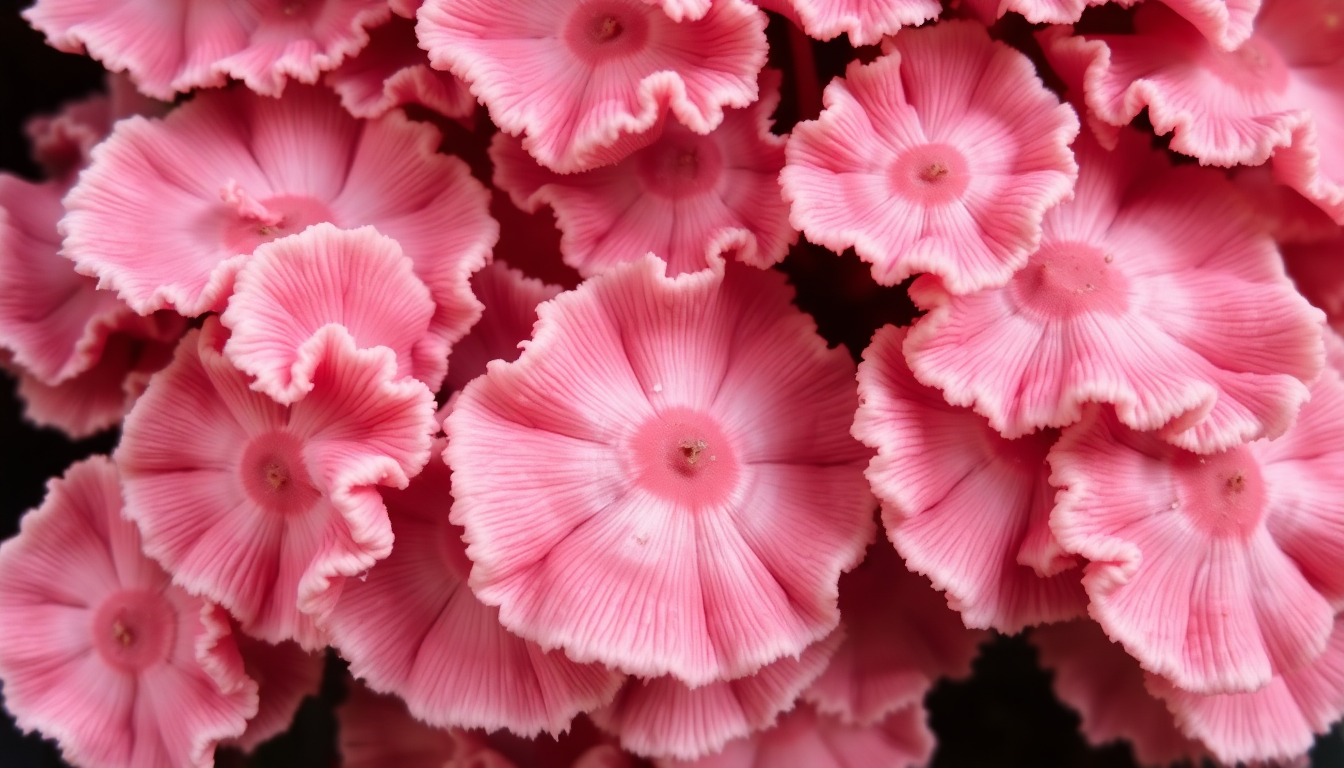




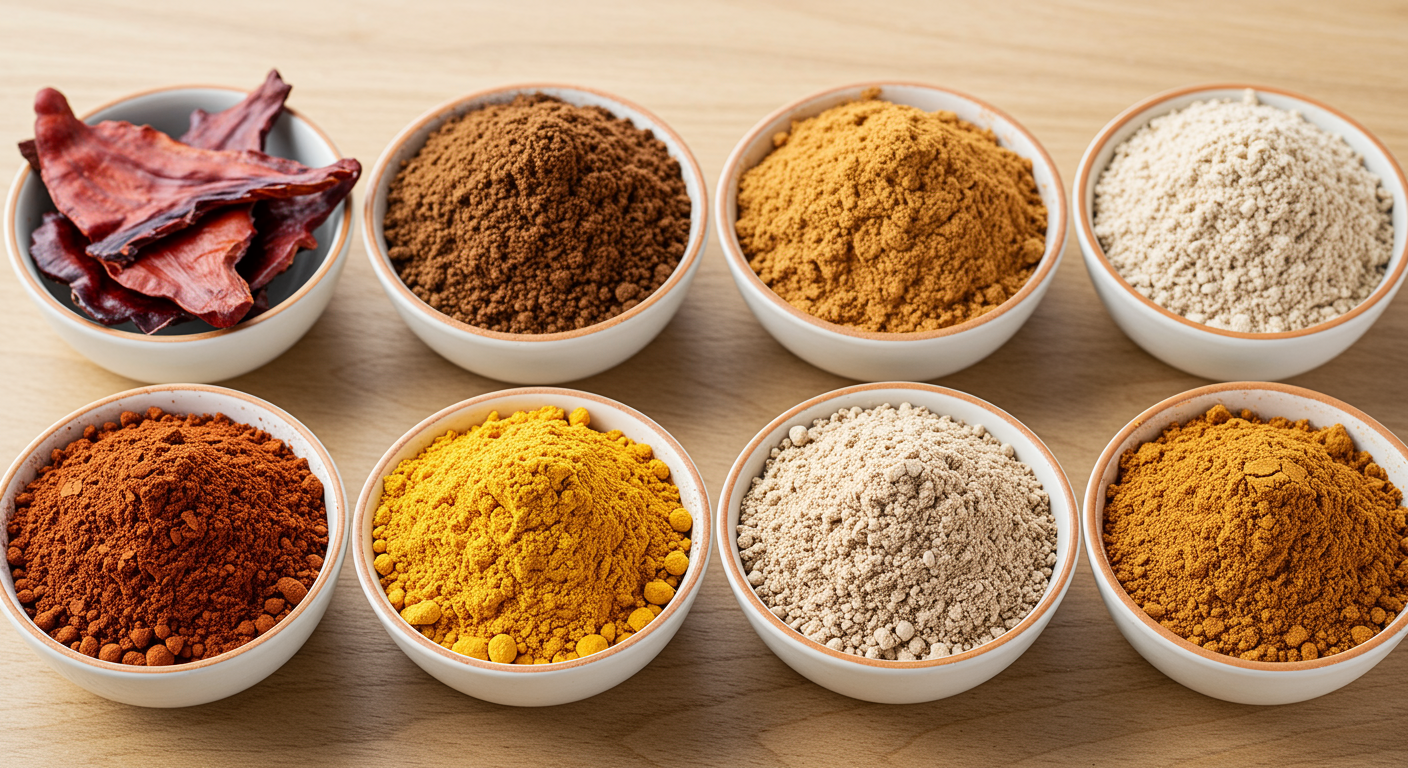

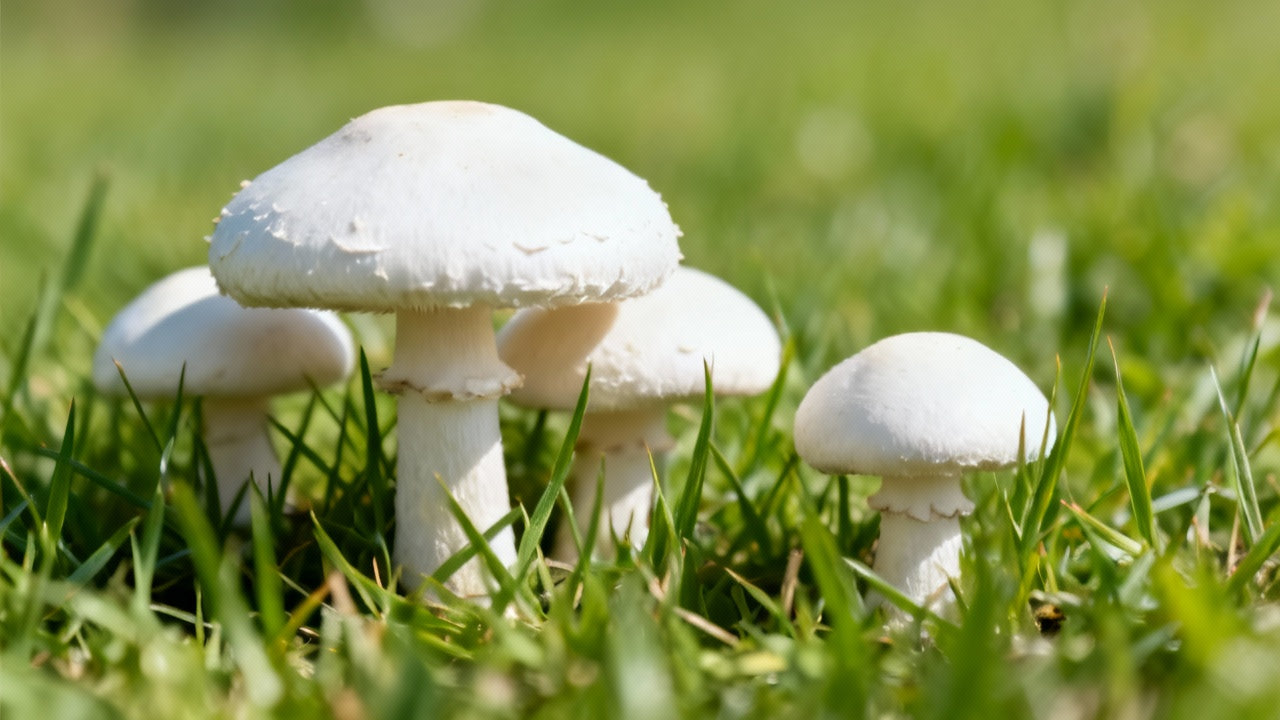
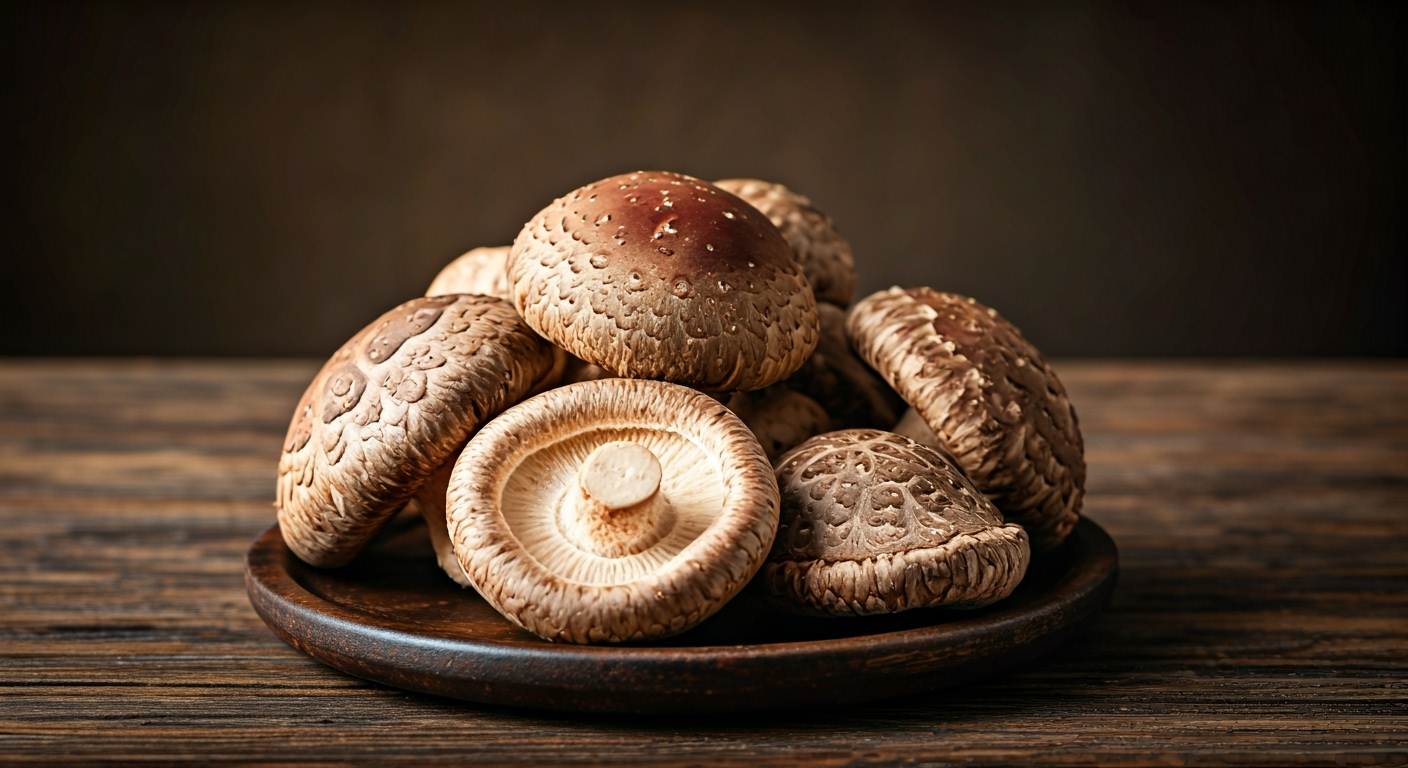
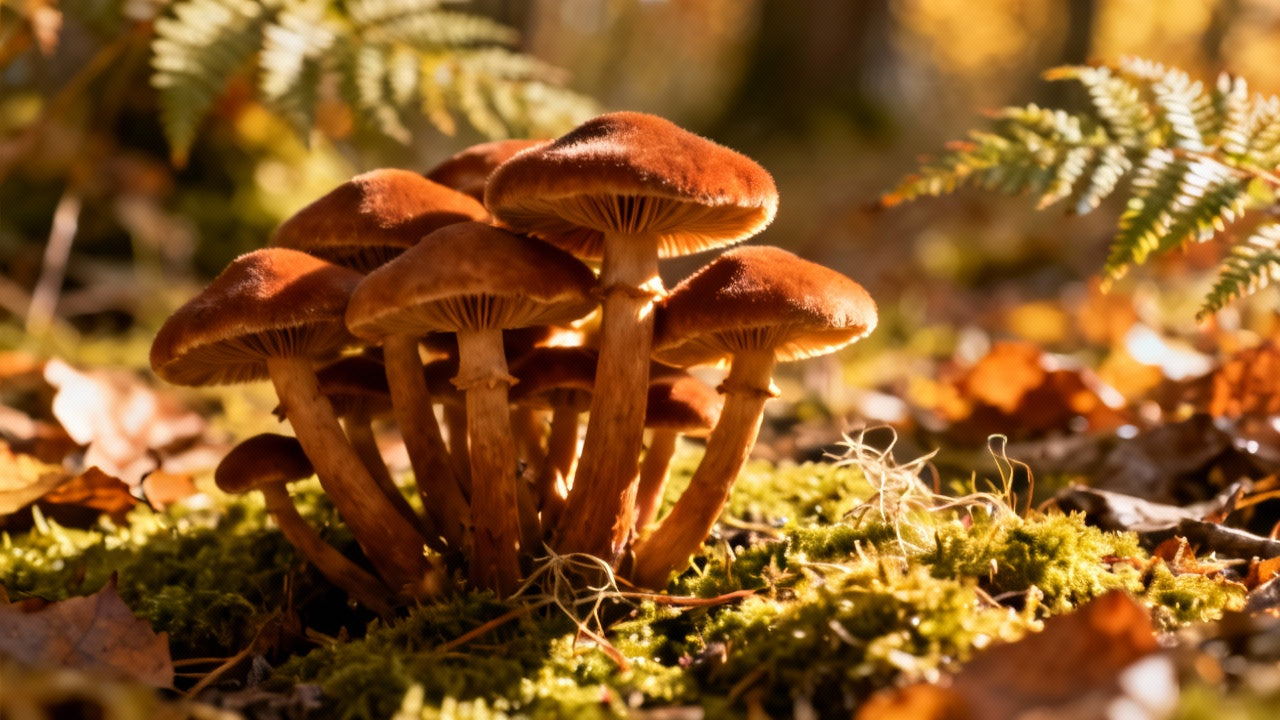
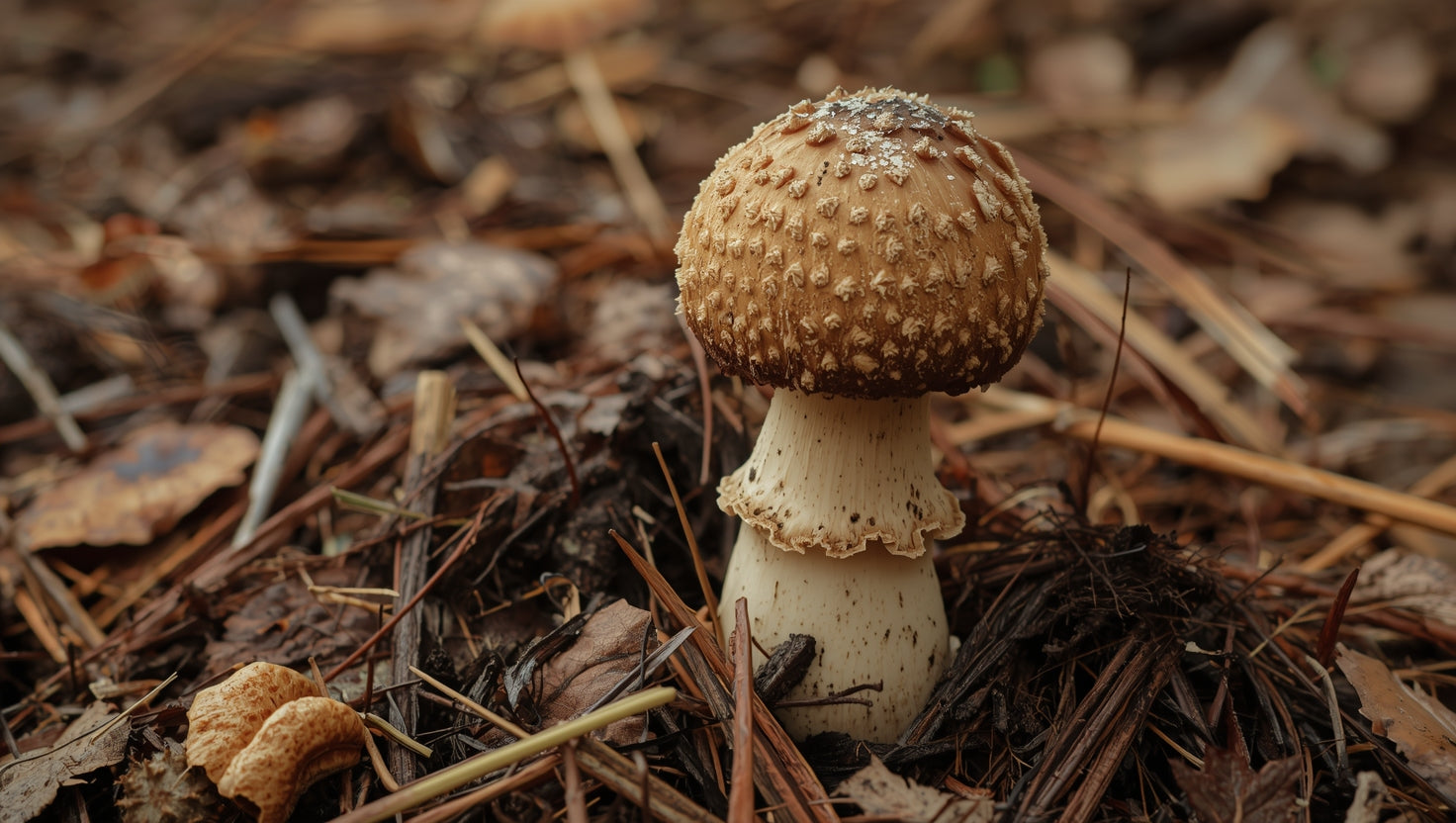
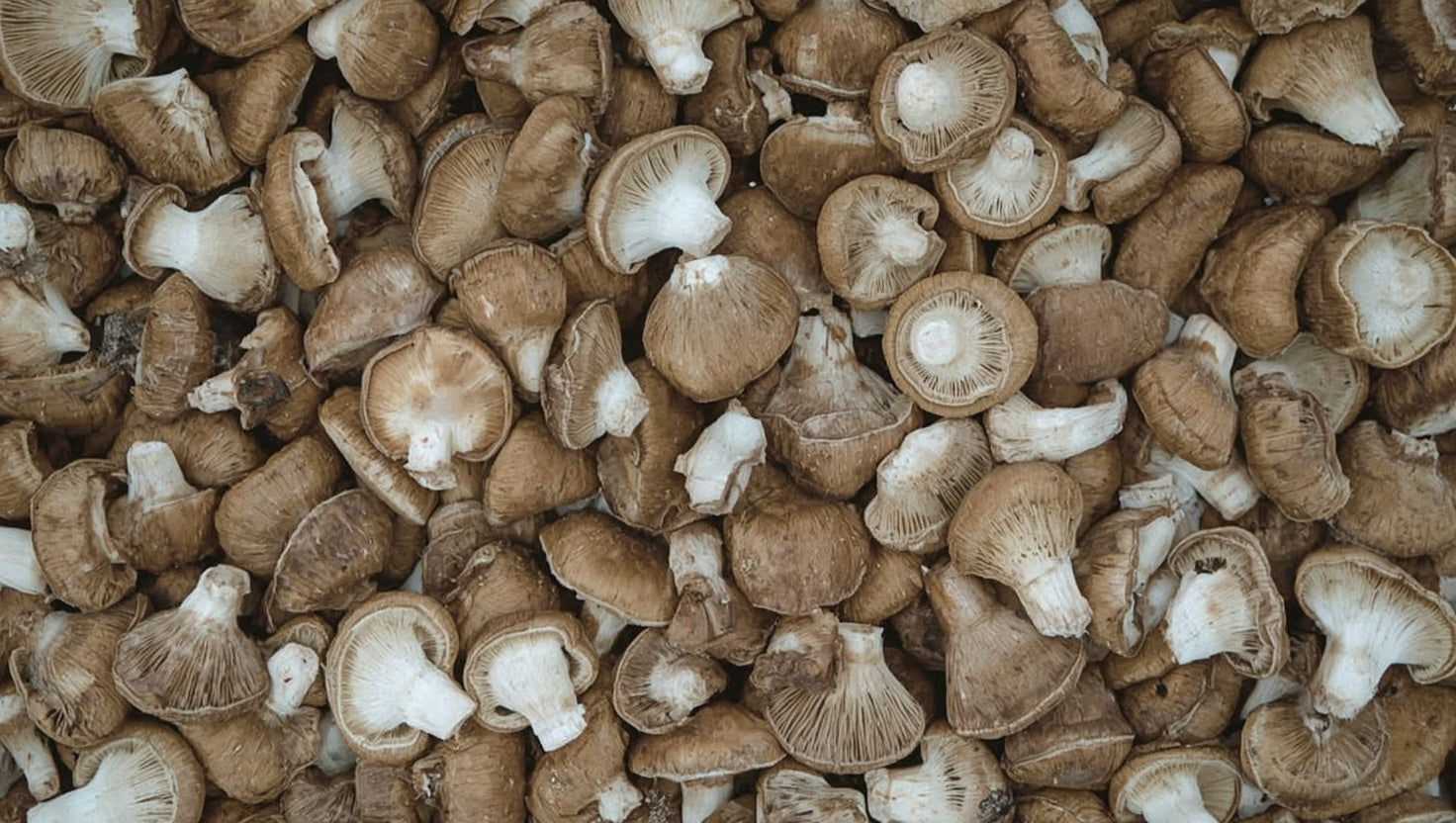
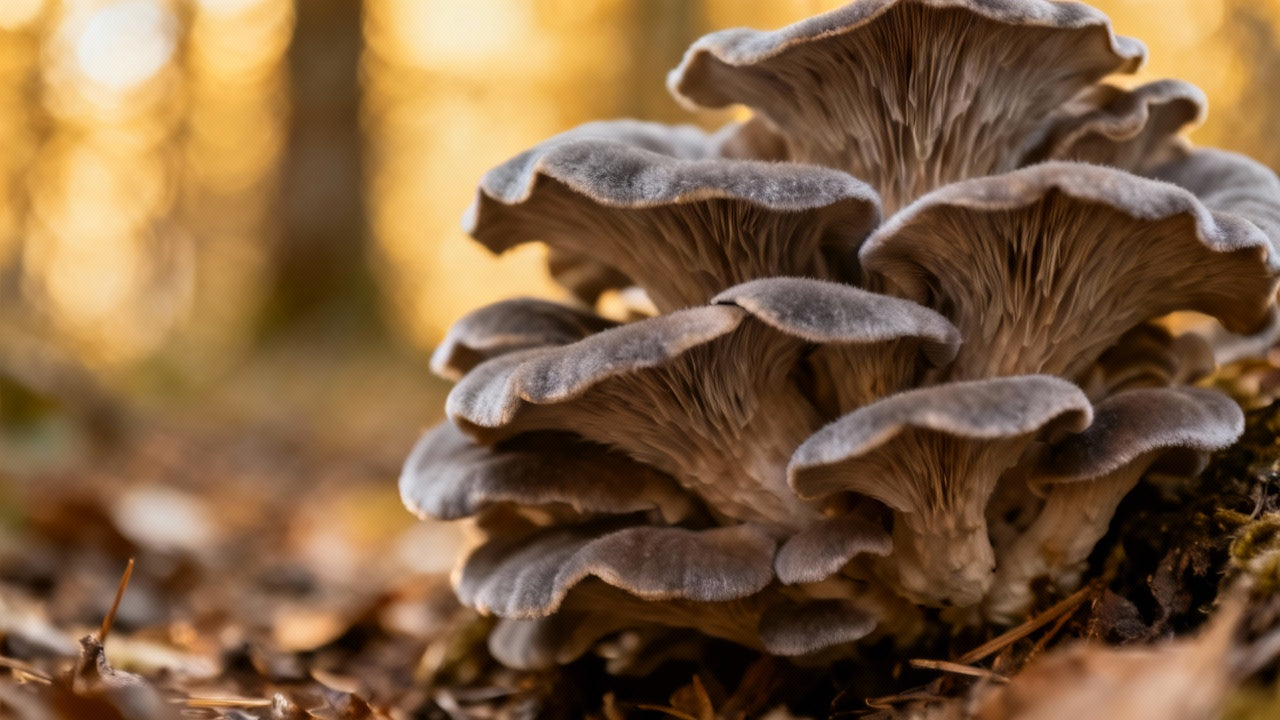
Share:
How to Cook Oyster Mushrooms Like a Pro: Easy Recipes and Flavor Tips
Fried Oyster Mushrooms: Explore Flavor and Fun